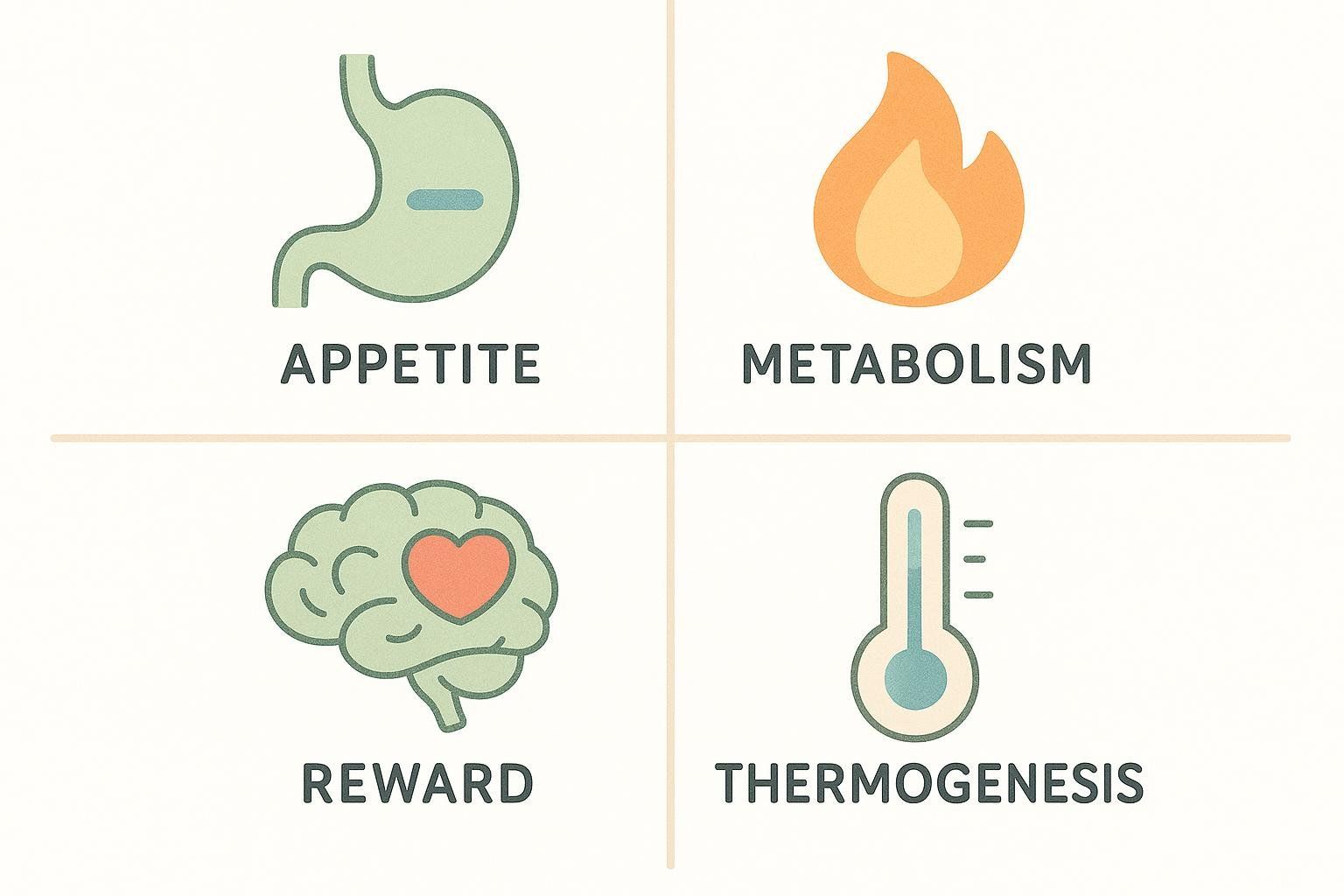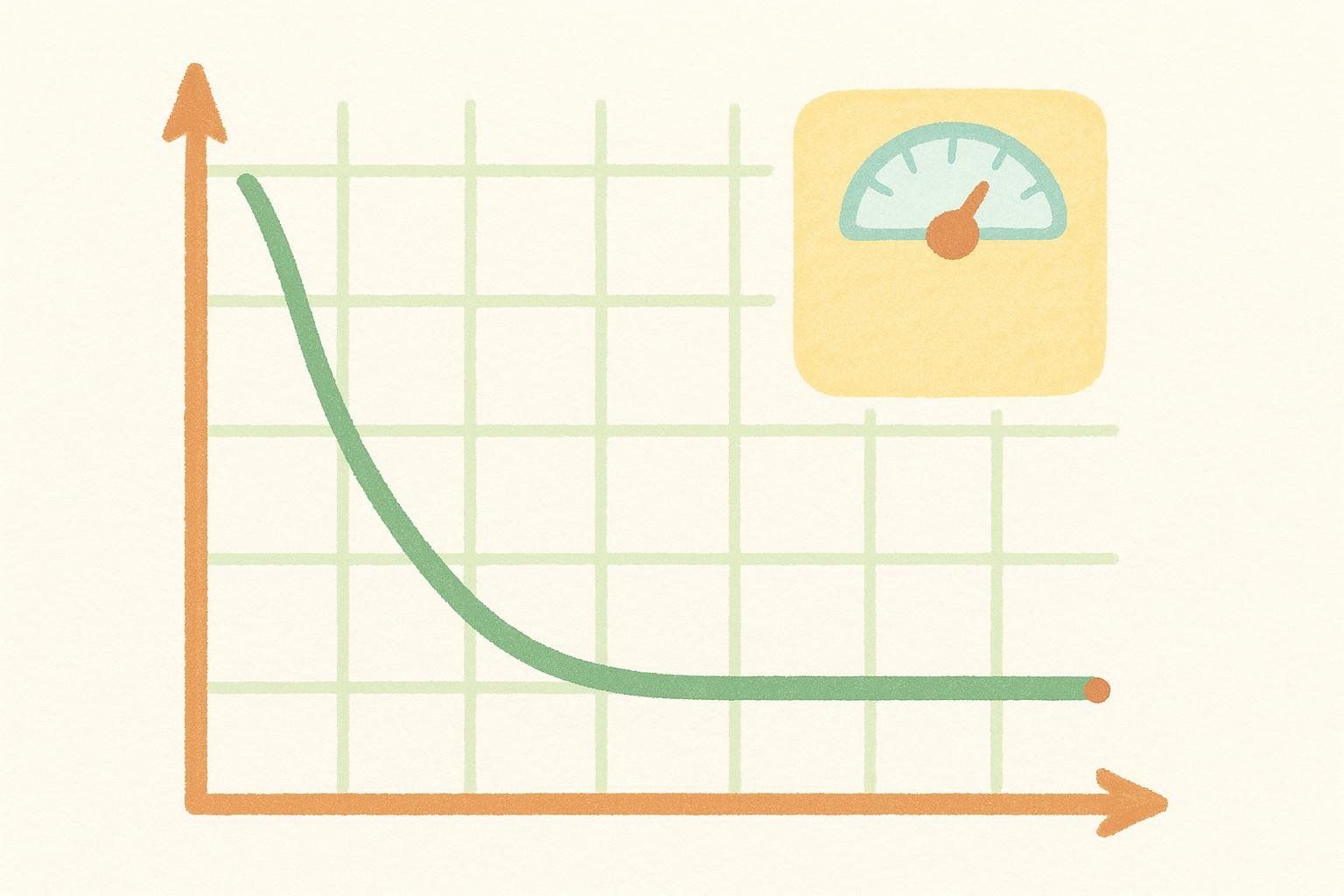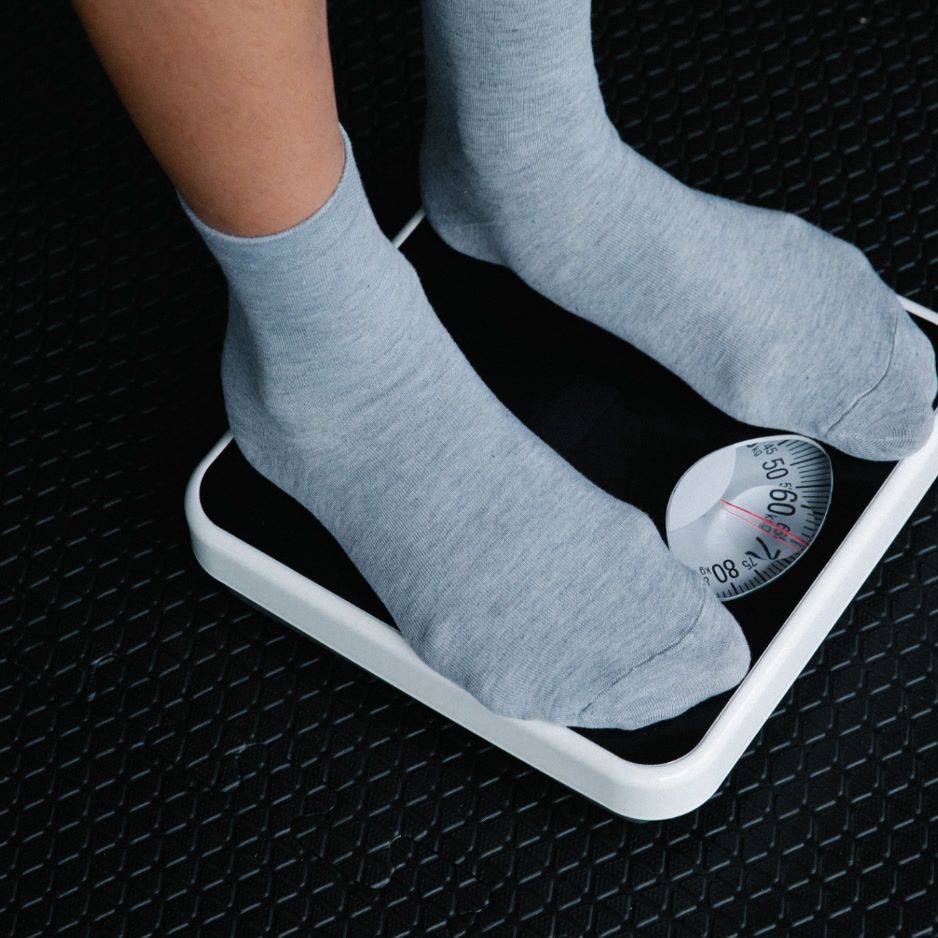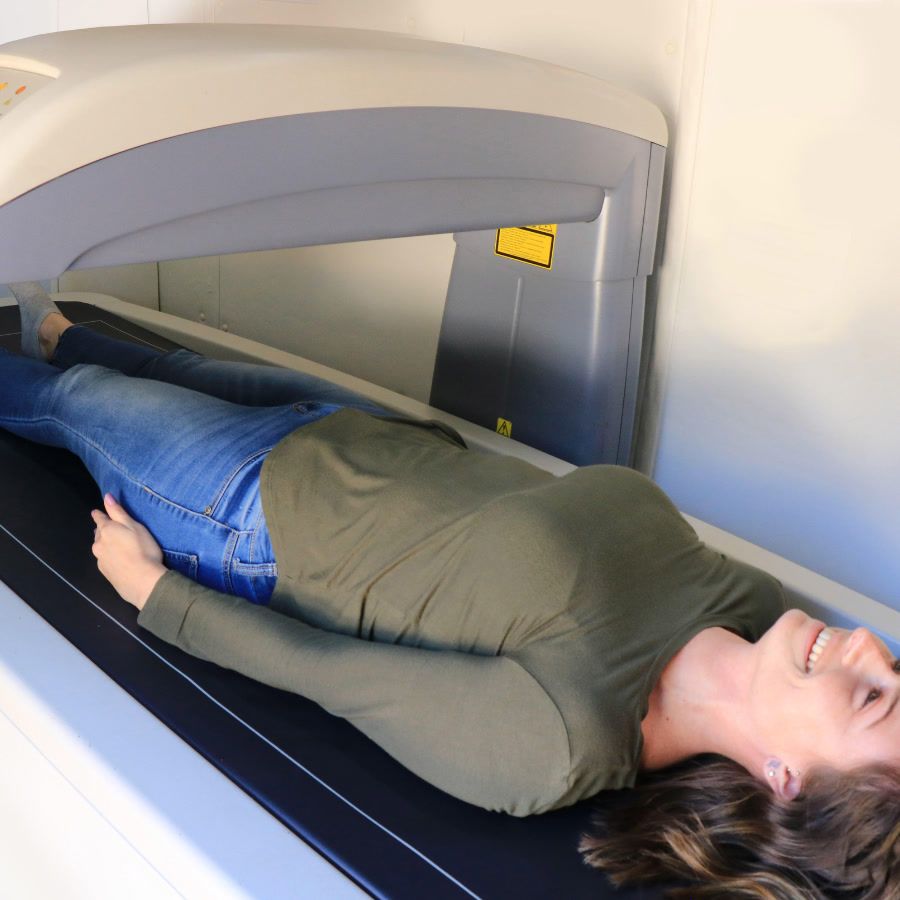Wellbutrin Weight Loss: Science, Effects & Timeline

Wellbutrin Weight Loss: Science, Effects & Timeline
Disclaimer: This article is for educational purposes and doesn’t replace medical advice. Always discuss medication decisions with a qualified healthcare professional.
TL;DR – The 30-Second Summary
- Most people lose—not gain—weight on Wellbutrin. A 25-trial meta-analysis found an average loss of ≈ 3.7 kg (≈ 8 lbs)—roughly 3–4 % of starting body weight—over 8–52 weeks compared with placebo (PubMed 2024).
- Weight change usually appears after the first month and often plateaus by six months.
- Mechanisms include appetite suppression, higher resting metabolic rate, fewer food cravings, and a mild thermogenic effect.
- Combining bupropion with naltrexone (brand name Contrave) roughly doubles average weight loss compared with bupropion alone (eClinicalMedicine 2024).
- Wellbutrin is not FDA-approved specifically for weight management, but the weight-loss side effect is well documented.
- Track changes in fat vs. lean mass with a BodySpec DEXA scan so you don’t confuse scale weight with true body-composition progress.
What Is Wellbutrin, Exactly?
Wellbutrin (generic bupropion) is a norepinephrine–dopamine reuptake inhibitor (NDRI) prescribed for depression (major depressive disorder, seasonal affective disorder) and smoking cessation (as Zyban). Unlike selective serotonin reuptake inhibitors (SSRIs) such as Zoloft-related weight gain, bupropion generally trends the other way.
- Formulations: Immediate-release, SR (sustained release, twice daily), and XL (extended release, once daily)
- Typical doses: 150–300 mg/day for depression; 300 mg/day for smoking cessation
Does Wellbutrin Cause Weight Loss or Gain?
What the Trials Show
| Study Type | Participants | Duration | Average % Body-Weight Change vs. Placebo |
|---|---|---|---|
| 25-trial meta-analysis (PubMed 2024) | 22,165 | 8–52 wks | −3–4 % (≈ 3.7 kg) |
| Obesity RCT — bupropion SR 300–400 mg (Obesity 2002) | 327 | 24 wks | −7.2 % (300 mg) to −10.1 % (400 mg) |
Beyond average losses, responder analyses from the same obesity RCT showed that 25–40 % of participants hit the clinically significant ≥ 5 % weight-loss mark at 24 weeks (Obesity 2002).
Why Do Some People Gain?
Hypothesized factors include baseline appetite, concurrent medications, compensatory increases in calorie intake, or the restoration of appetite once depression lifts—any of which can offset bupropion’s appetite-suppressing effects and lead to weight normalization or gain.
How Does Wellbutrin Influence Body Weight?
- Appetite suppression – Elevated dopamine and norepinephrine levels modulate hypothalamic appetite centers, lowering hunger signals (Prim Care Companion J Clin Psychiatry 2004).
- Higher energy expenditure – Norepinephrine increases sympathetic nervous activity, nudging resting metabolic rate upward.
- Reward-pathway recalibration – Dopamine dampens cravings for calorie-dense “comfort” foods.
- Mild thermogenic effect – Pre-clinical data show bupropion can raise oxygen consumption and heat production (Pharmacol Biochem Behav 2004).

Put simply, bupropion can decrease appetite while modestly boosting daily calorie burn—two levers that favor fat loss.
Typical Weight-Loss Trajectory
Weight reduction tends to be fastest in the first three months of therapy and slows thereafter, often stabilizing by month six—patterns reflected across multiple trials. Individual mileage varies based on dose, lifestyle, and starting weight.

👉 Pro tip: Log weekly scale readings and schedule periodic BodySpec DEXA scans to objectively measure changes in your body composition.

Wellbutrin vs. Other Prescription Weight-Loss Options
| Medication | Avg. % Body-Weight Loss (≈ 52 wks) | Common Side Effects | Cost (Monthly, US) |
|---|---|---|---|
| Bupropion (Wellbutrin) | 3–4 % (PubMed 2024) | Dry mouth, insomnia | $10–40 generic |
| Bupropion + Naltrexone (Contrave) | 6–12 % (Wiley 2024) | Nausea, headache, ↑ BP | $199+ |
| Semaglutide (Wegovy, Ozempic) | 10–17 % (NEJM 2021) | Nausea, GI issues, potential muscle loss | $900+ |
| Phentermine/Topiramate (Qsymia) | 8–12 % (J Manag Care Spec Pharm 2023) | Tingling in hands/feet (paresthesia), dry mouth | $150+ |
Contrave outperforms bupropion alone (eClinicalMedicine 2024) but comes with a higher monthly price tag and requires stricter cardiovascular screening.
Off-Label Use: Contrave and Combination Therapy
Contrave pairs 90 mg bupropion SR with 8 mg naltrexone in an extended-release tablet. The combo exploits two complementary mechanisms:
- Naltrexone dampens the opioid-mediated reward response from food.
- Bupropion amplifies dopamine/norepinephrine to curb cravings.
Randomized trials report 6–12 % body-weight loss at 56 weeks when Contrave is paired with lifestyle counseling (Wiley 2024).
Safety Considerations and Side Effects
| Common (≥ 5 %) | Less Common | Serious / Monitor |
|---|---|---|
| Dry mouth, insomnia, tremor | Anxiety, sweating, tinnitus | Seizure risk (dose-related > 450 mg), ↑ BP, mood changes |
Red flags: sudden mood shifts, uncontrolled hypertension, or seizure history warrant immediate medical follow-up.
5 Practical Tips for Managing Weight on Wellbutrin

- Book a baseline DEXA scan to distinguish fat-mass change from water or muscle shifts.
- Prioritize adequate protein intake—about 1.4–2.0 g/kg of body weight per day to help preserve lean mass while dieting (ISSN Position Stand 2017).
- Time workouts for peak energy. Some users feel more energized a few hours after dosing; pharmacokinetic data show bupropion SR peaks around 3 hours (StatPearls).
- Hydrate. Dry mouth can masquerade as hunger.
- Re-scan every 3 months to objectively verify you’re losing fat while preserving muscle.

Frequently Asked Questions
Can I take Wellbutrin just for weight loss?
Bupropion isn’t FDA-approved solely for obesity, so insurers rarely cover it for that indication. Physicians may prescribe it off-label, but alternative options (Contrave, GLP-1s, Qsymia) are purpose-built.
What dose of Wellbutrin is linked to weight loss?
Most data involve 300 mg/day SR or XL. Doses below 200 mg/day show smaller effects.
Will the weight come back when I stop?
Many people regain some weight within a year of discontinuation unless lifestyle habits stick. Ongoing exercise and nutrition are key.
Does Wellbutrin preferentially burn fat or muscle?
Current research does not show that bupropion selectively targets fat over muscle. The composition of weight lost depends largely on diet quality, protein intake, and resistance training.
Is bupropion safe with GLP-1 drugs?
There’s no known pharmacologic interaction, but GI side effects can stack. Always coordinate with your prescriber.
The Bottom Line
Wellbutrin’s weight-loss side effect is real, moderate, and usually safe. Expect around 3–4 % body-weight loss (≈ 8 lbs for a 200-lb person) within the first few months, more if combined with naltrexone or disciplined lifestyle habits. Confirm the quality of that weight change with a BodySpec DEXA scan and stay data-driven on your journey.
➡️ Ready to see the numbers firsthand? Book a DEXA scan to track your progress.


